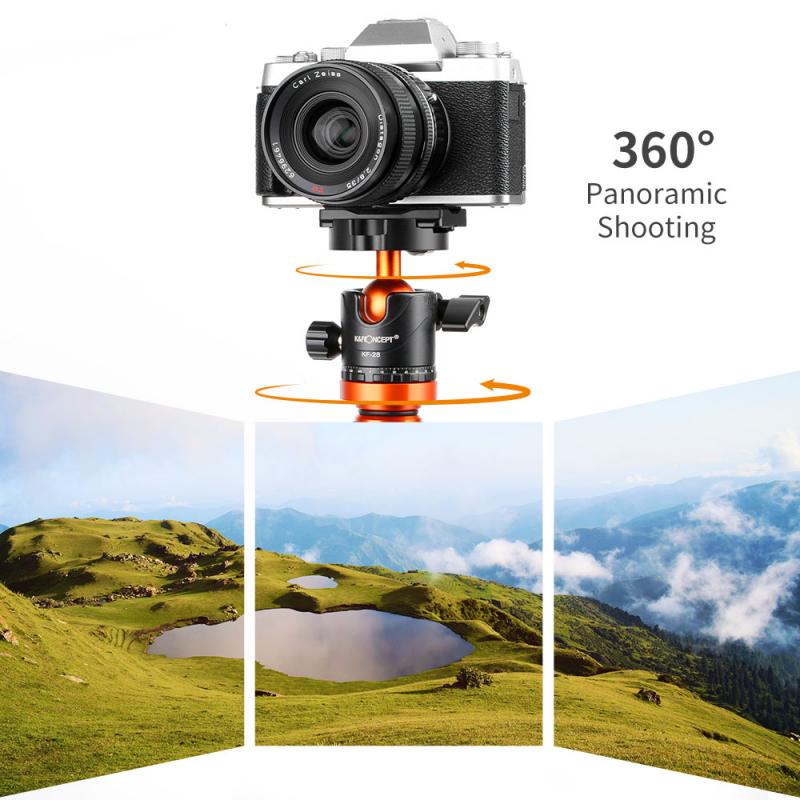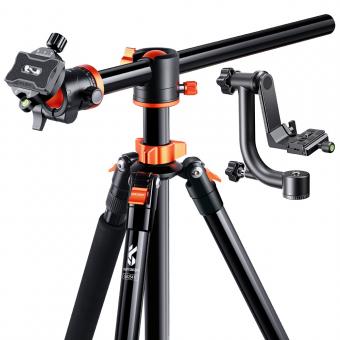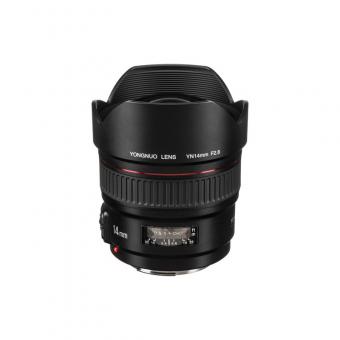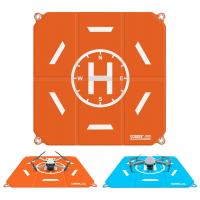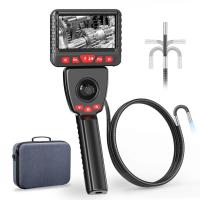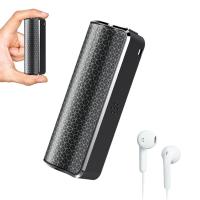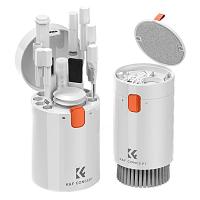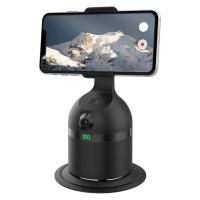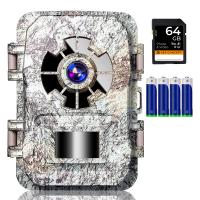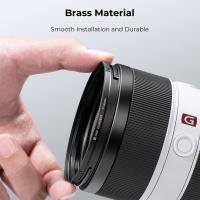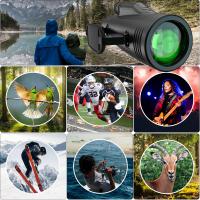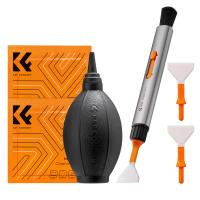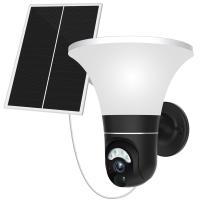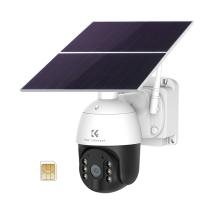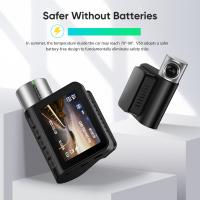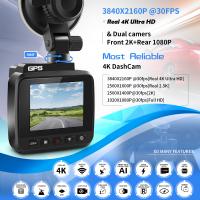How To Carry Dslr ?
To carry a DSLR camera, you can use a camera bag or backpack specifically designed for photography equipment. These bags usually have padded compartments to protect your camera and lenses, as well as additional pockets for accessories like memory cards, batteries, and filters. Some camera bags also have adjustable dividers to customize the interior space according to your needs. It is important to choose a bag that is comfortable to carry, with padded shoulder straps or a waist belt for better weight distribution. Additionally, you can consider using a camera strap or sling to have your DSLR easily accessible while keeping your hands free.
1、 Camera Bag Options for DSLR Transportation
Camera Bag Options for DSLR Transportation
When it comes to carrying a DSLR camera, it is essential to invest in a reliable camera bag that provides both protection and convenience. There are several options available in the market, each catering to different needs and preferences. Here are some popular camera bag options for DSLR transportation:
1. Backpacks: Camera backpacks are a popular choice among photographers as they offer ample space for not only the camera body but also additional lenses, accessories, and personal items. They distribute the weight evenly across the shoulders, making them comfortable for long periods of use. Some backpacks also come with padded compartments and dividers for added protection.
2. Shoulder Bags: Shoulder bags are a more compact option for carrying a DSLR camera. They typically have a single strap that can be worn across the body or over the shoulder. Shoulder bags are great for quick access to your camera and a few essential accessories. However, they may not provide as much space for additional lenses or equipment.
3. Sling Bags: Sling bags are a hybrid between backpacks and shoulder bags. They feature a single strap that can be worn diagonally across the body, allowing for quick access to the camera. Sling bags are compact and lightweight, making them ideal for photographers who prefer to travel light.
4. Rolling Cases: Rolling cases are a convenient option for photographers who need to transport a large amount of equipment. These cases come with wheels and a retractable handle, making them easy to maneuver. Rolling cases are ideal for studio photographers or those who frequently travel with a lot of gear.
5. Holster Bags: Holster bags are compact and designed to hold just the camera body with a lens attached. They provide quick access to the camera and are great for photographers who prefer to travel light and shoot on the go.
When choosing a camera bag, it is important to consider factors such as the size of your DSLR camera, the number of lenses and accessories you plan to carry, and your personal preferences for comfort and convenience. Additionally, it is always a good idea to read reviews and seek recommendations from fellow photographers to ensure you make an informed decision.
In recent years, there has been a growing trend towards more versatile camera bags that can also accommodate laptops or tablets. This is particularly useful for photographers who need to edit and transfer their images on the go. Additionally, many camera bags now come with weather-resistant materials and built-in rain covers to protect your gear from the elements.
Ultimately, the choice of camera bag for DSLR transportation depends on your specific needs and shooting style. It is worth investing in a high-quality camera bag that provides adequate protection and organization for your gear, ensuring that your DSLR camera remains safe and secure during transportation.
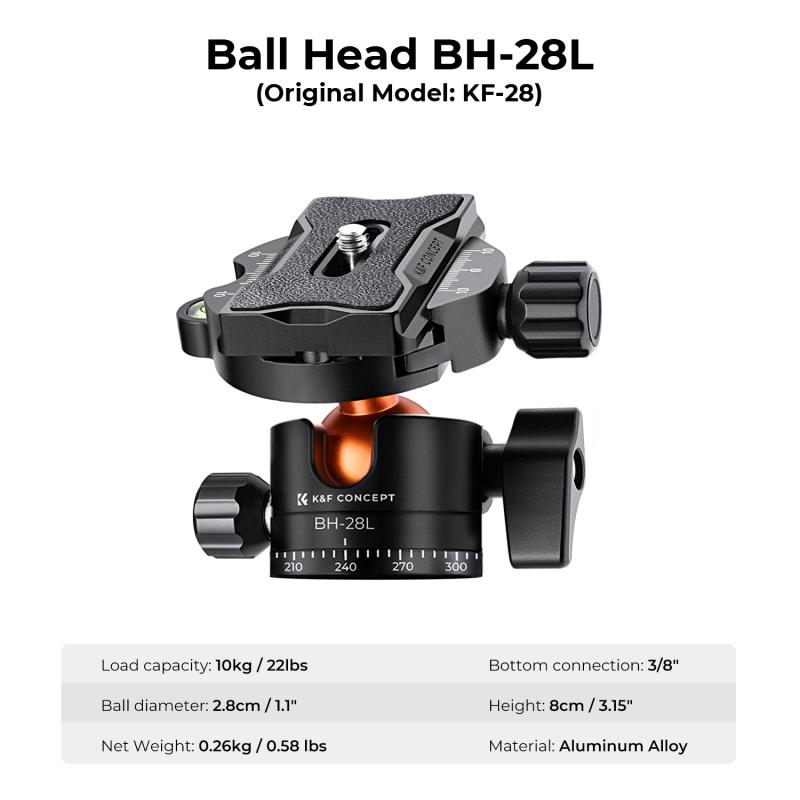
2、 Properly Securing and Protecting Your DSLR during Travel
Properly securing and protecting your DSLR during travel is essential to ensure its safety and longevity. Here are some tips on how to carry your DSLR effectively:
1. Invest in a quality camera bag: Choose a bag specifically designed for DSLRs with padded compartments to protect your camera and lenses from bumps and shocks. Look for a bag that is comfortable to carry and has additional pockets for accessories.
2. Use a camera strap: Attach a sturdy camera strap to your DSLR and wear it around your neck or across your body. This will prevent accidental drops and provide easy access to your camera when needed. Opt for a strap with a non-slip grip for added security.
3. Remove the lens: When not in use, detach the lens from your camera body and place protective caps on both ends. This will prevent dust, dirt, and scratches from damaging your lens.
4. Pack your DSLR in your carry-on luggage: Avoid checking in your camera as checked baggage, as it is more prone to mishandling and theft. Keep your DSLR with you in your carry-on bag to ensure its safety throughout the journey.
5. Use a camera insert or wrap: If you prefer to use a regular backpack or bag for travel, consider using a camera insert or wrap to provide extra cushioning and protection for your DSLR. These inserts are designed to fit inside your bag and provide padded compartments for your camera and accessories.
6. Be cautious in extreme weather conditions: Extreme temperatures, humidity, and moisture can damage your DSLR. Use a weatherproof camera bag or carry a plastic bag to protect your camera during rain or snow. Avoid exposing your camera to direct sunlight for extended periods.
7. Keep your camera clean: Regularly clean your DSLR and lenses using a soft, lint-free cloth and a blower brush. This will help remove dust, fingerprints, and other debris that can affect image quality.
Remember, each DSLR model may have specific recommendations from the manufacturer, so it's always a good idea to consult the user manual for additional guidance. By following these tips, you can ensure that your DSLR remains secure and protected during your travels, allowing you to capture stunning photographs wherever you go.

3、 Tips for Carrying a DSLR Camera on a Hike or Outdoor Adventure
Tips for Carrying a DSLR Camera on a Hike or Outdoor Adventure
Carrying a DSLR camera on a hike or outdoor adventure can be a bit challenging, but with the right approach, you can ensure the safety of your gear while capturing stunning photographs. Here are some tips to help you carry your DSLR camera effectively:
1. Invest in a quality camera bag: A good camera bag is essential for protecting your DSLR camera from bumps, dust, and moisture. Look for a bag that is comfortable to carry and has padded compartments to keep your camera and lenses secure.
2. Use a camera strap: A camera strap is a must-have accessory for any photographer. It allows you to keep your camera easily accessible while keeping your hands free. Opt for a strap that is adjustable and comfortable to wear for long periods.
3. Consider a camera harness: If you're planning on a more intense hike or adventure, a camera harness can provide additional support and stability. It distributes the weight of your camera evenly across your body, reducing strain on your neck and shoulders.
4. Protect your camera from the elements: When hiking or adventuring outdoors, it's crucial to protect your camera from dust, rain, and extreme temperatures. Consider using a rain cover or a waterproof camera bag to shield your gear from moisture. Additionally, keep a microfiber cloth handy to wipe away any dirt or water droplets.
5. Pack light: While it's tempting to bring all your lenses and accessories, try to pack light to avoid unnecessary weight. Choose a versatile lens that can cover a wide range of focal lengths, and only bring the essential accessories you'll need for your specific adventure.
6. Be mindful of your surroundings: When hiking or exploring, be aware of your surroundings and potential hazards. Avoid placing your camera on unstable surfaces or near the edge of cliffs. Always prioritize your safety and the safety of others.
7. Consider a camera clip or holster: If you prefer quick and easy access to your camera, a camera clip or holster can be a great option. These accessories allow you to securely attach your camera to your backpack strap or belt, keeping it within reach at all times.
Remember, each adventure is unique, so adapt these tips to suit your specific needs and preferences. By taking the necessary precautions and being mindful of your gear, you can capture incredible photographs while enjoying your outdoor experience.
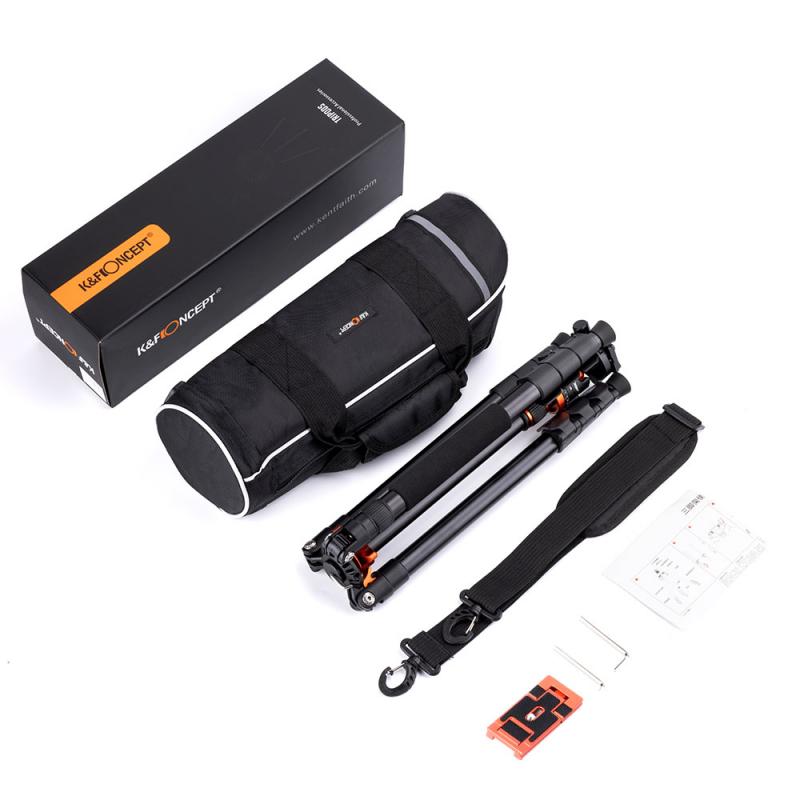
4、 Carrying a DSLR on a Plane: Regulations and Best Practices
Carrying a DSLR on a plane requires careful consideration of regulations and best practices to ensure the safety of your equipment and comply with airline rules. Here are some guidelines to help you carry your DSLR on a plane:
1. Carry-on vs. Checked Baggage: It is highly recommended to carry your DSLR as a carry-on item rather than checking it in. This way, you can keep it with you at all times and minimize the risk of damage or theft.
2. Check Airline Regulations: Different airlines may have specific rules regarding the size and weight of carry-on items. Check with your airline beforehand to ensure your DSLR bag meets their requirements.
3. Secure Your Gear: Invest in a sturdy camera bag or backpack with padded compartments to protect your DSLR and lenses from any potential bumps or shocks during the flight. Use lens caps and camera body caps to prevent any accidental damage.
4. Remove Batteries: Remove the camera batteries and store them separately in your carry-on bag. This is important as lithium-ion batteries are not allowed in checked baggage due to safety concerns.
5. Security Checkpoints: When passing through security checkpoints, be prepared to remove your DSLR from its bag and place it in a separate bin for screening. Ensure you follow the instructions of the security personnel to avoid any delays.
6. Consider Insurance: Consider getting insurance coverage for your DSLR equipment, especially if you are traveling with expensive lenses or accessories. This will provide financial protection in case of loss, theft, or damage.
7. Stay Updated: Keep yourself informed about the latest regulations and guidelines regarding carrying electronic devices on planes. With evolving security measures, it is essential to stay up-to-date to avoid any surprises at the airport.
Remember, it is always better to be safe than sorry when it comes to carrying your DSLR on a plane. By following these regulations and best practices, you can ensure the safety of your equipment and enjoy capturing stunning photographs during your journey.
